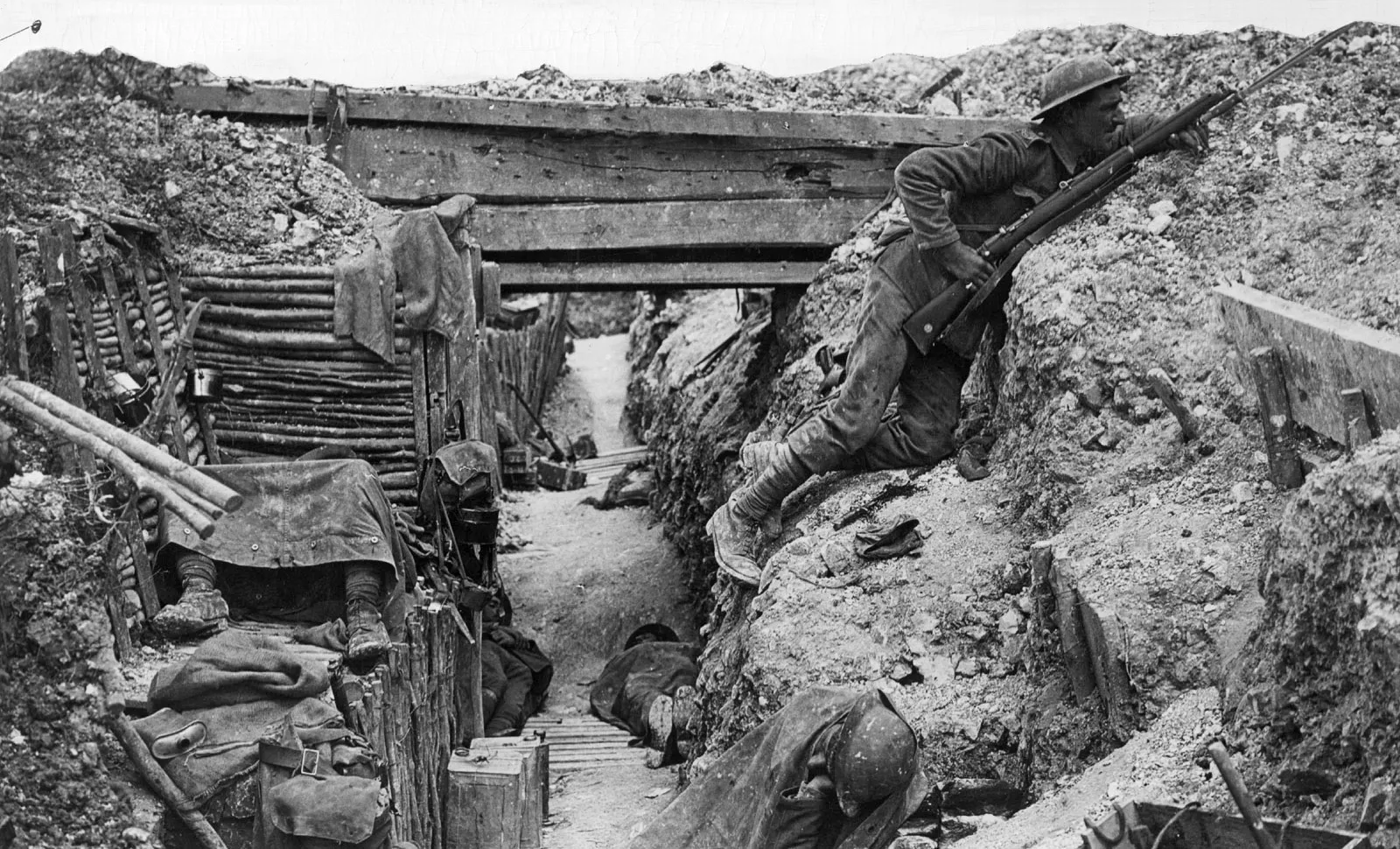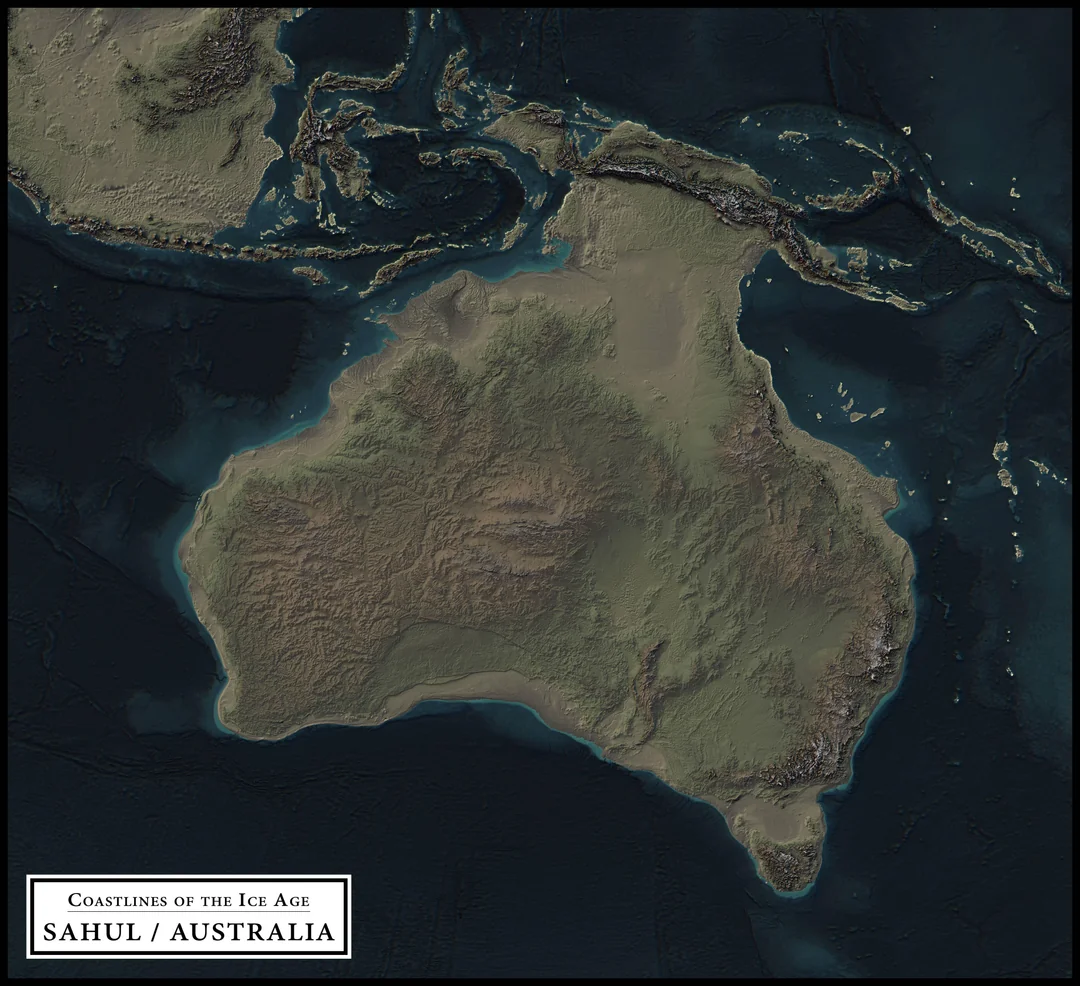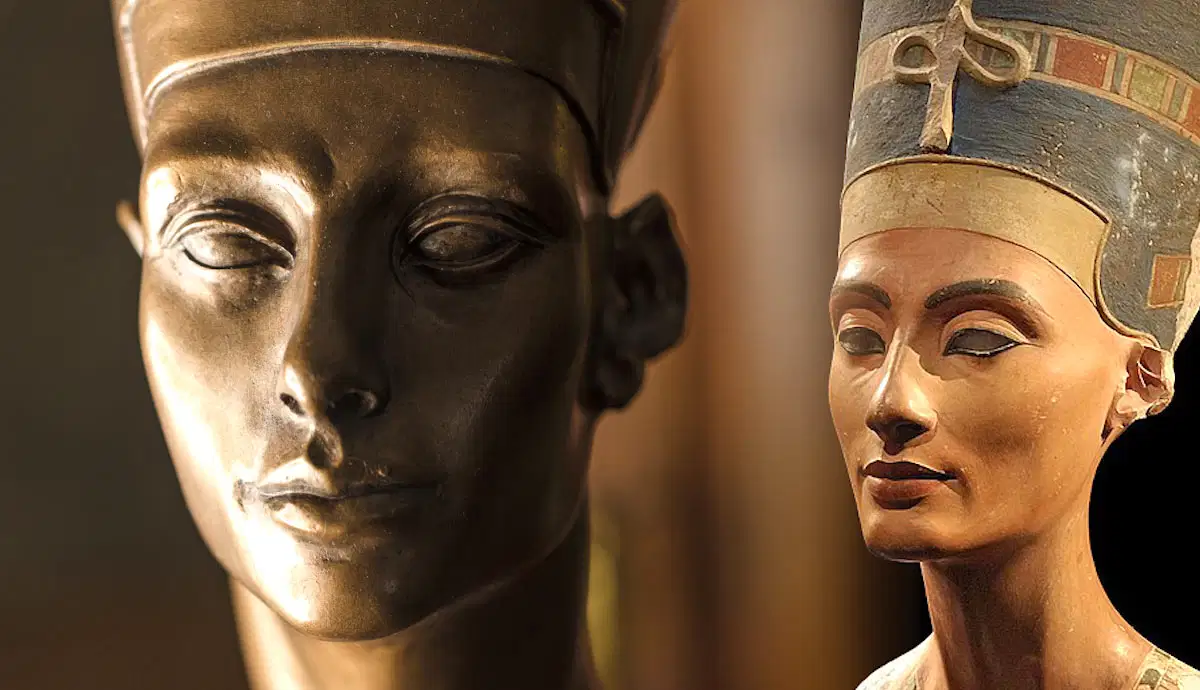solsticeuniversity.com – World War I, also known as the Great War, lasted from 1914 to 1918 and was one of the deadliest conflicts in history. Its causes, course, and consequences had a profound impact on the world and reshaped the political landscape.
Causes of World War I
The roots of World War I can be traced to a complex interplay of factors, including:
- Militarism: European nations built up their military capabilities, fostering an arms race. The belief in military solutions to problems increased tensions among countries.
- Alliances: A tangled web of alliances divided Europe into two main factions: the Allies (including France, Russia, and Britain) and the Central Powers (primarily Germany, Austria-Hungary, and the Ottoman Empire). These alliances meant that a conflict between two countries could quickly involve many others.
- Imperialism: The competition for colonies and global dominance heightened rivalries, particularly between Britain and Germany.
- Nationalism: Ethnic groups sought self-determination, leading to tensions, especially in the Balkans, where Slavic nationalism threatened Austro-Hungarian stability.
- The Spark: The assassination of Archduke Franz Ferdinand of Austria-Hungary on June 28, 1914, in Sarajevo by Gavrilo Princip, a Bosnian Serb nationalist, triggered a chain reaction of events that led to war.
The Outbreak of War
After the assassination, Austria-Hungary issued an ultimatum to Serbia, which, despite agreeing to most demands, did not satisfy Austria-Hungary. On July 28, 1914, Austria-Hungary declared war on Serbia. Russia mobilized in defense of Serbia, prompting Germany to declare war on Russia. This initiated a rapid escalation, with Germany declaring war on France and invading Belgium, bringing Britain into the conflict.
Major Fronts and Battles
World War I was characterized by trench warfare, especially on the Western Front, where a stalemate ensued. Key battles included:
- The Battle of the Somme (1916): Notable for its staggering casualties and the first use of tanks in warfare.
- The Battle of Verdun (1916): One of the longest battles, symbolizing French determination.
- The Eastern Front: Marked by more fluid movements, with battles against Russia that often saw significant territorial changes.
Global Involvement
The war was not confined to Europe. The Ottoman Empire sided with the Central Powers, while colonial troops from Africa, India, and other regions fought on behalf of the Allies. The U.S. entered the war in 1917, providing a crucial boost to Allied forces.
Conclusion of the War
By 1918, the tide turned against the Central Powers. Key events included:
- The German Spring Offensive of 1918, which initially gained ground but ultimately failed.
- The entry of American forces, which bolstered Allied morale and manpower.
On November 11, 1918, an armistice was signed, ending the fighting. The war resulted in an estimated 16 million deaths and numerous injuries, leaving deep social and economic scars.
Aftermath and Legacy
The Treaty of Versailles, signed in 1919, formally ended the war and imposed heavy reparations on Germany. The map of Europe was redrawn, with new nations created and empires dismantled. The war’s legacy included political upheaval, the rise of totalitarian regimes, and set the stage for World War II due to unresolved grievances.
World War I profoundly changed the world, marking the end of empires and the emergence of the modern geopolitical landscape. Its impact continues to be felt today, serving as a reminder of the catastrophic consequences of war and nationalism.




